Magic is indistinguishable from sufficiently advanced technology: Rain dances of the future

When it’s dry, and trees are thirsty, the forest emits large amounts of nice-smelling, piney chemicals called terpenes. This is a magical ritual performed by the trees, a prayer for water expressed as a symphony of smells.
Miraculously, this prayer is reliably answered. The airborne terpenes react with other chemicals in the atmosphere to form cloud condensation nuclei, seeding the formation of new clouds. Eventually, these clouds produce rain12.
So, trees can ask the Earth to give them more rain.
Many cultures have or had rainmaking rituals3. A rainmaking ritual is a series of actions performed with the intended effect of producing more rainfall in a given location. Consider the following two facts:
- Trees are capable of performing an effective rainmaking ritual.
- Humans are intelligent, and could potentially learn how to reliably communicate certain kinds of information to trees — through interactions with parts of the trees themselves or perhaps in an indirect way through interactions with other organisms or with the environment.
Given these two facts, the idea of an effective human rainmaking ritual does not sound crazy. Trees can already do it, so we just have to send a message to the trees.

But — in the modern era, attempts to perform human rainmaking rituals of the past may fail. The biological and atmospheric environment that the ritual was devised in has changed dramatically. No one is there to pick up the phone anymore.
Nature’s internet
The Earth is full with channels, communicating information all around it. Trees talk to the air, to the soil, to each other, and to the animals that feed on their seeds. Chipmunks, birds, insects, all chatter — maybe amongst themselves, maybe to others. Human beings talk with their mouths and hands of course, and dogs talk with many parts and emissions of their bodies.
The speed of information transfer is limited by the mechanisms employed in the various transfer mediums4. These have been
- direct physical interaction, propagated by an animal
- local diffusion of chemicals
- Air-borne diffusion of chemicals
- Water-borne diffusion of chemicals
- Electric field interactions, like with eels or platypuses, which are necessarily short range
These information channels, taken in aggregate, communicate an enormous amount of information. But, they are all either high latency or cannot work reliably over large distances5. In other words, until humans, there was no low-latency, long-distance channel.
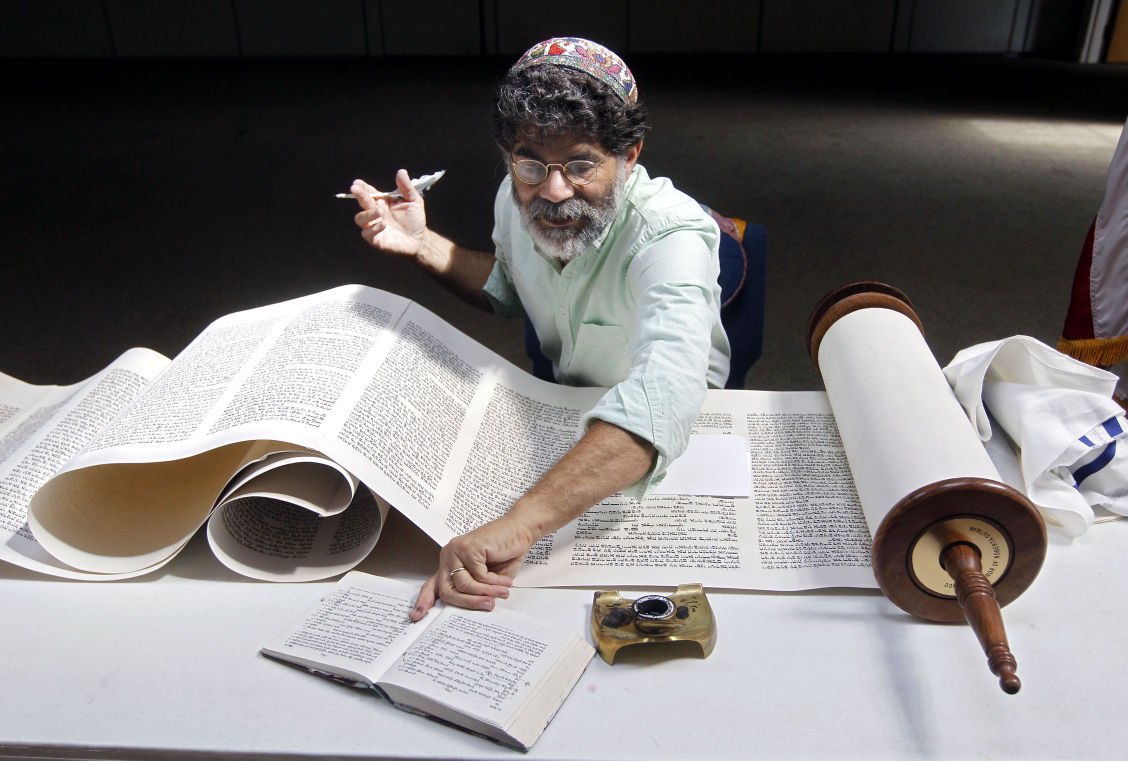
Humans, of course, have developed a series of increasingly low-latency and increasingly long-distance (both in space and in time) channels. Some of these have been
- The written word + mail delivery systems
- Telegraph
- Radio
- Telephone
- Near real-time text-transfer over the internet
- Near real-time video transfer over the internet
The kinds of messages encoded (that is, what sort of messages actually got sent, and what sort of action you could get the people on the other end to take based on what you write) have of course depended on the social systems in existence.
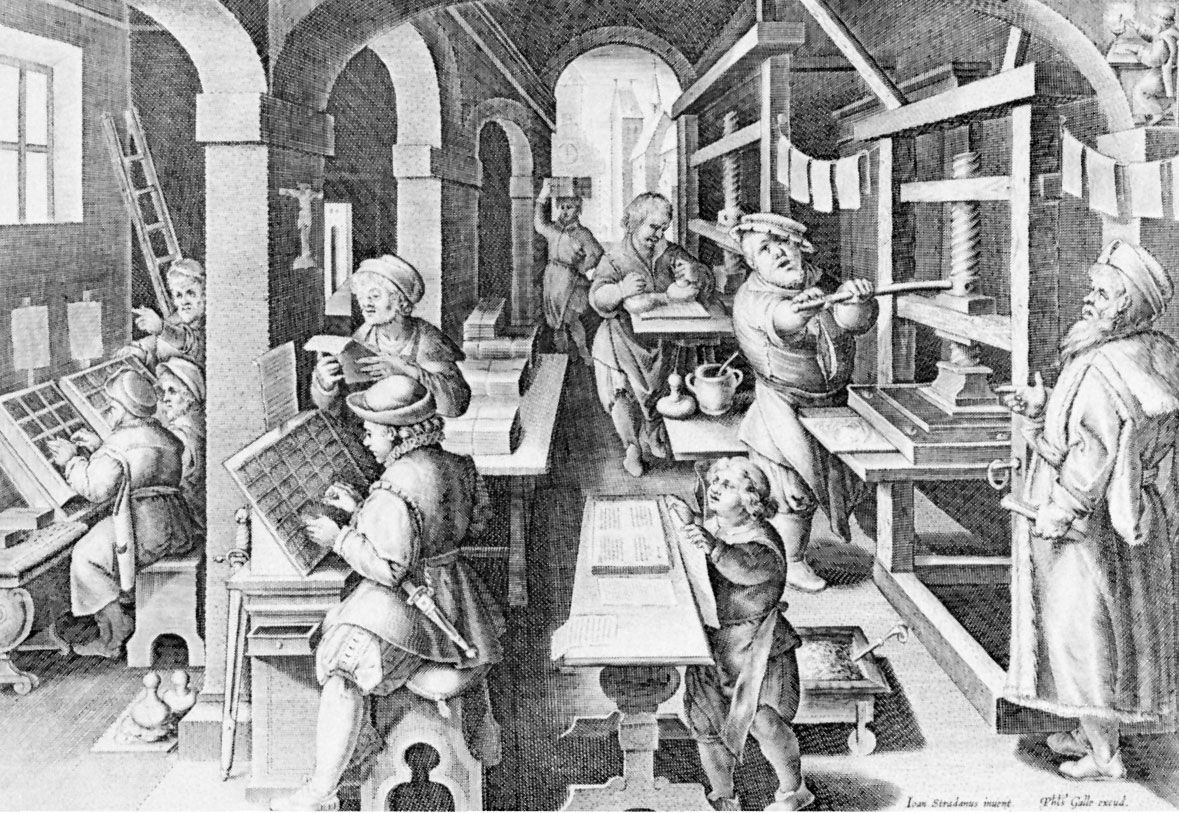
In feudal Europe, sending, propagating, and receiving messages was costly and the skills to do so were not widespread. As a result, messages were sent, propagated, and received by the organizations that had the material capacity to do so: noble houses and religious institutions like the Vatican or monasteries. The kinds of messages communicated reflected the desires of the institutions sending them: requests for resources, declarations of war, coordinating actions to better dominate their subjects, etc.
Today, we have information channels with unprecedentedly low-levels of latency and unprecedentedly long range — although I would conjecture they are pretty low information-bandwidth compared to those of non-human nature. They are also fairly cheap to utilize.
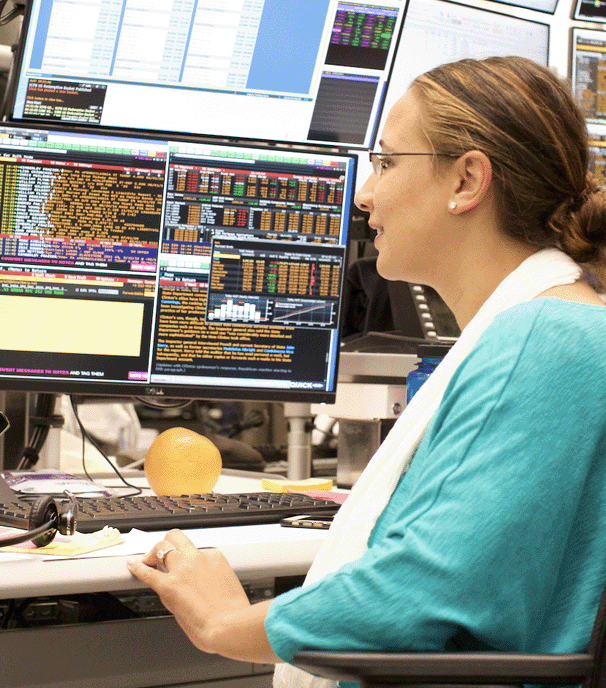
Just as in the past, these channels are used to great effect by our ruling class to dominate us and strengthen themselves: the capitalist television stations and newspapers, high-speed trading which propagates financial information and facilitates the flow of capital, the social-media networks that pacify, stupefy, and disorganize would-be resisters.

But some things are different from the past: in raw material terms, modern communication channels are cheap to operate. This was also the fact that produced the working class press that was an essential part of past challenges to capitalism.
Today, in the West at least, what is needed to challenge the ruling class operation of these channels is a “software upgrade” for those using the information channels. That is, we have good channels, but we need working-class organizations on either end of them to send, receive, and act on information.
Rain dances of the future
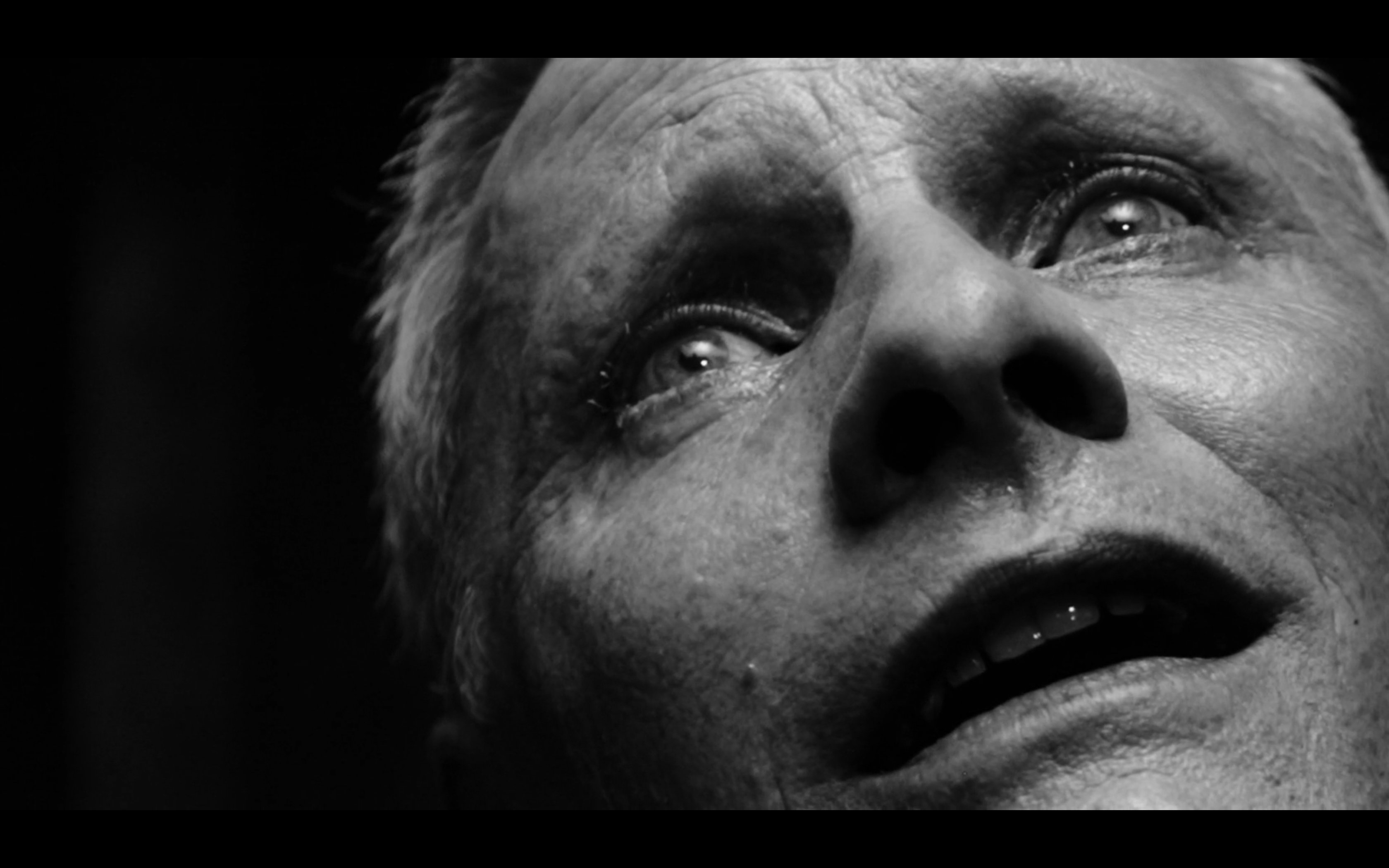
“Crimes of the Future” (2022) is a film on the thesis that “the only way out is through”. In other words, the contradictions and problems of our time will not be solved by attempting to return to an earlier way of being, but by responses to those problems that emerge from and modify the present way of being.
In it, a future humanity is changing biologically: people have lost the ability to feel pain, no longer become infected by bacteria, and are spontaneously generating new organs. Their new biology renders some of them unable to function biologically without mechanical assistance. The lead Viggo Mortenson needs a special chair — the “Breakfaster” — to digest food. The story resolves by revealing that though these new humans can no longer digest normal food, they have evolved to digest plastic, and the film ends with a closeup on Viggo in rapture as he eats a plastic bar for the first time.
Similarly, we cannot return to the rainmaking rituals of the past, and more generally to past modes of communicating with and regulating our non-human environment. The ecosystems that supported those rituals no longer exist, and modern society is not designed to produce those rituals.
However, just as human biology is not abandoned in “Crimes of the Future — merely reconfigured, we cannot afford to ignore the existing geo-biological information communication networks. They are powerful technologies that encode billions of years of information.
God-willing they will be synthesized with our new low-latency, long-range channels. What exactly will this look like, I don’t know, but one can imagine connecting forests with computer networks to — for example — stimulate the release of chemicals in one location to produce rain needed in another, to help manage the maldistribution of rainfall produced by climate change.
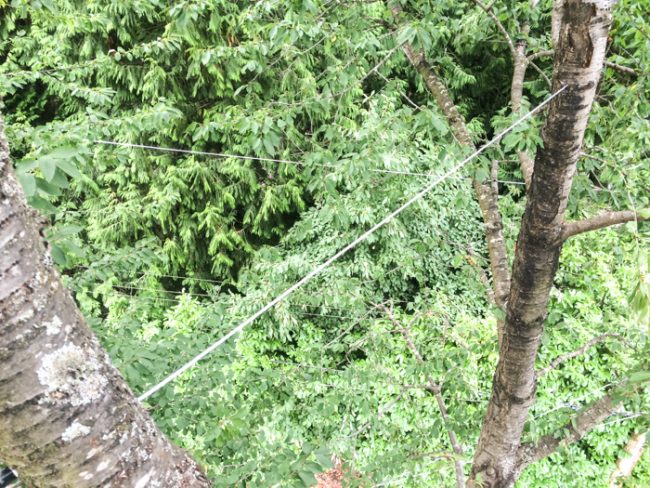
-
Thank you to Sammy Bayefsky for teaching me about this. ↩︎
-
There are also mechanisms for the persistence of information from the past over time, such as its inscription in the genomes and epigenomes of organisms through the processes of selection. But this is too big a topic to address here. ↩︎
-
It would be interesting and worthwhile to estimate the latency and the relationship between physical distance and information rate for the various natural channels. ↩︎